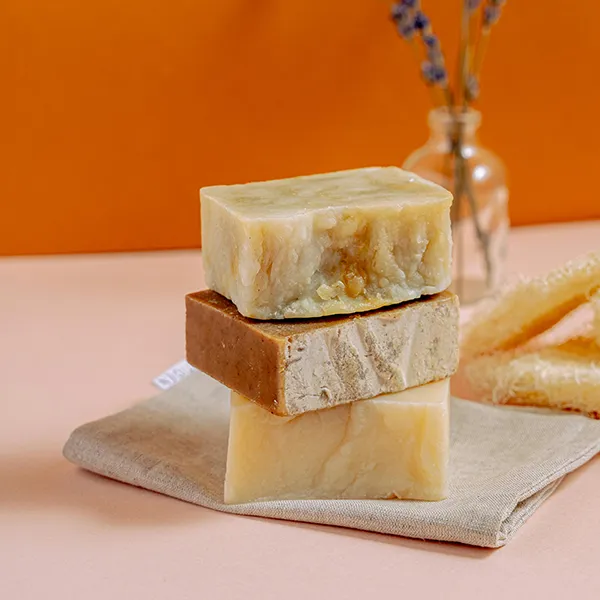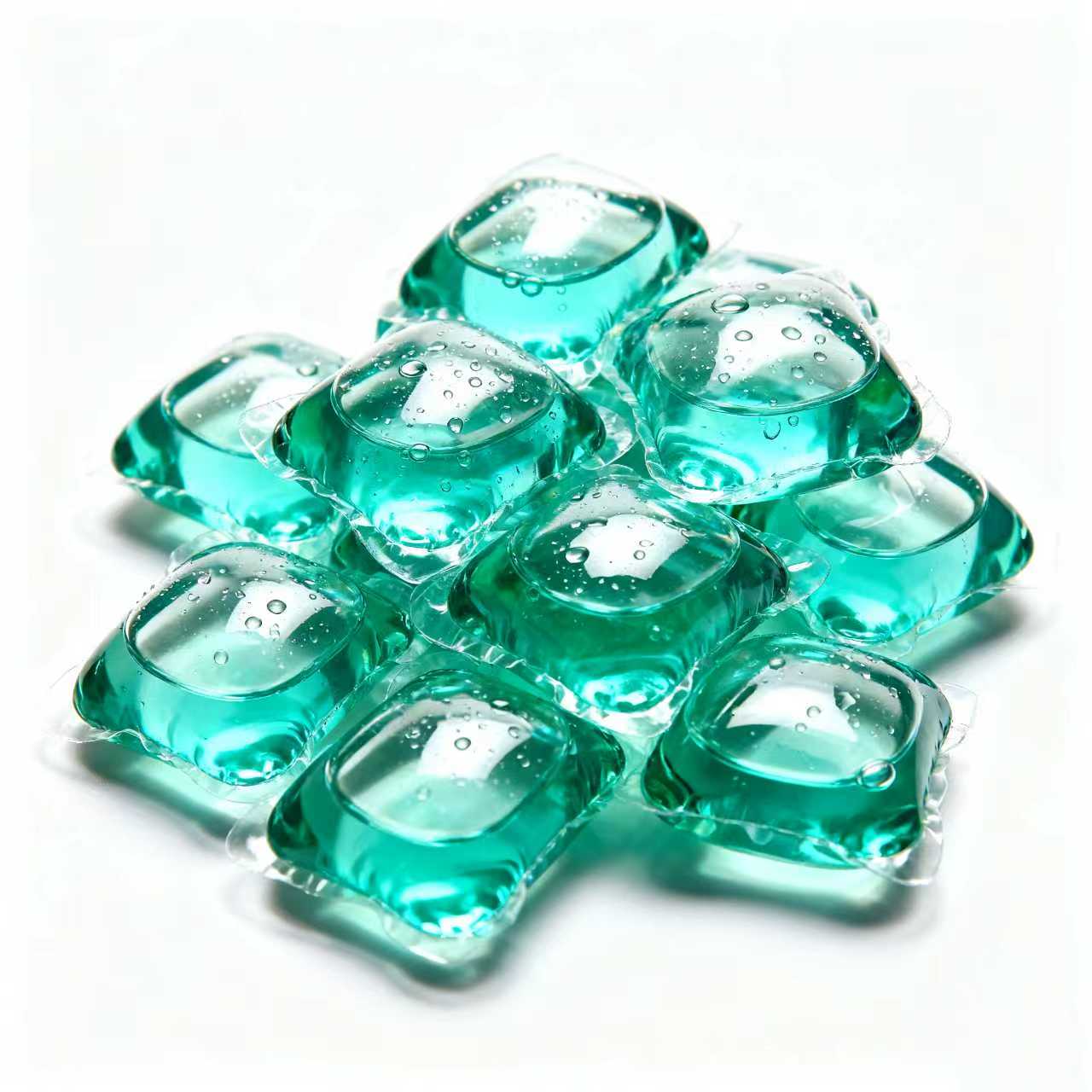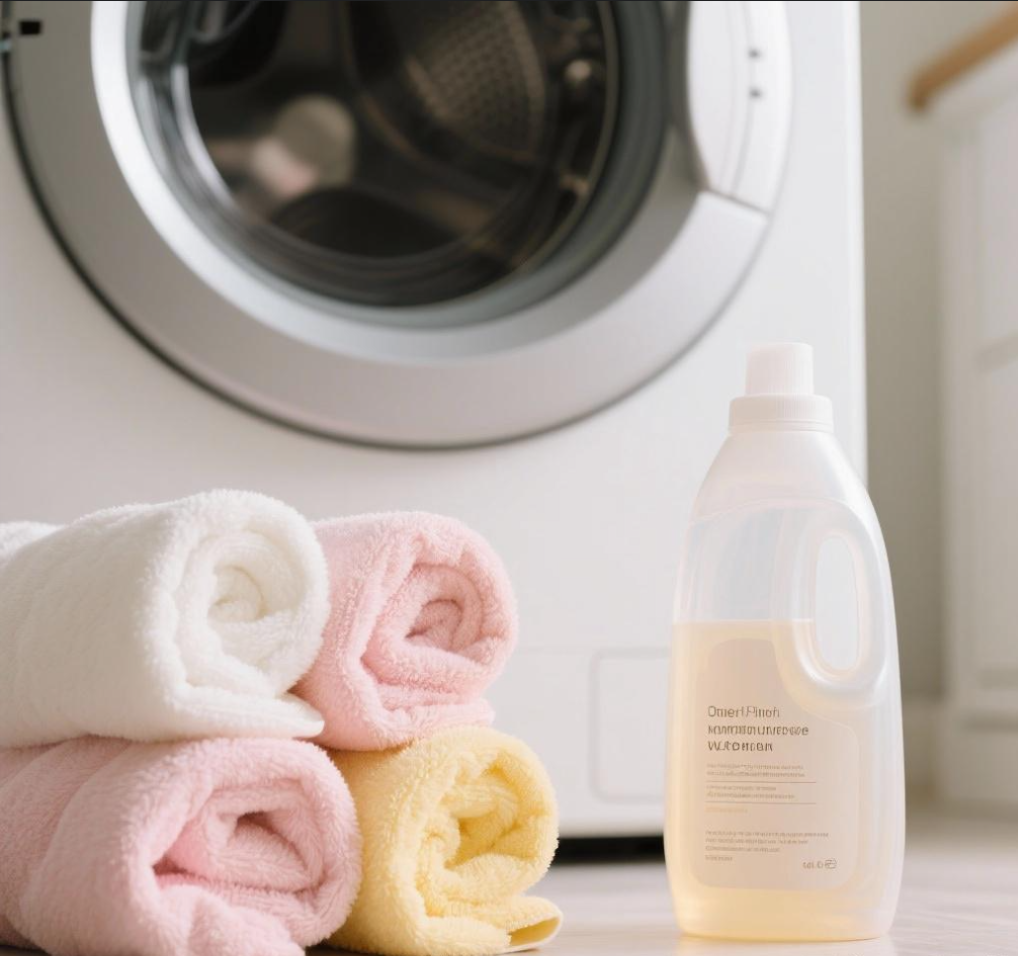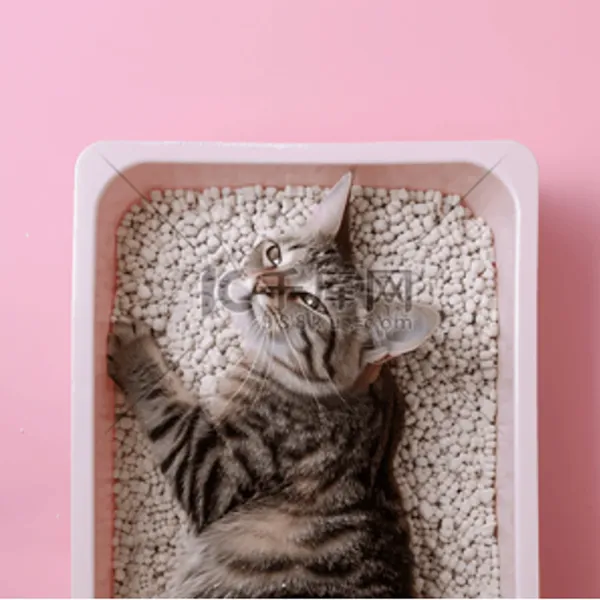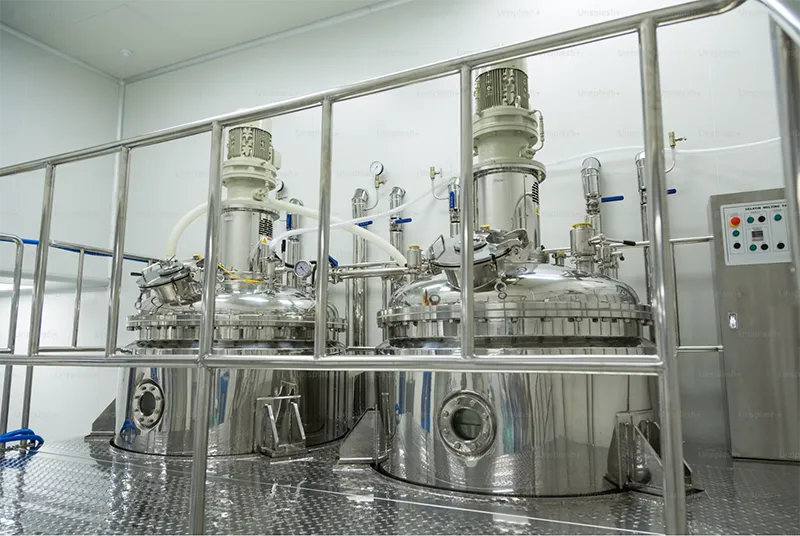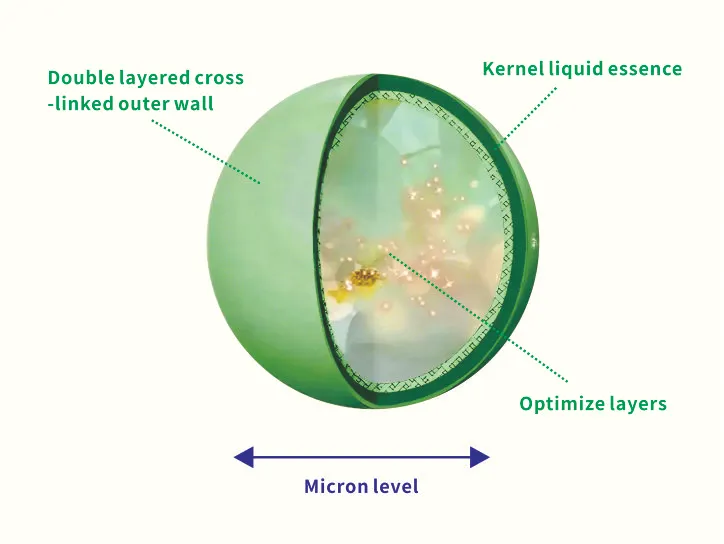
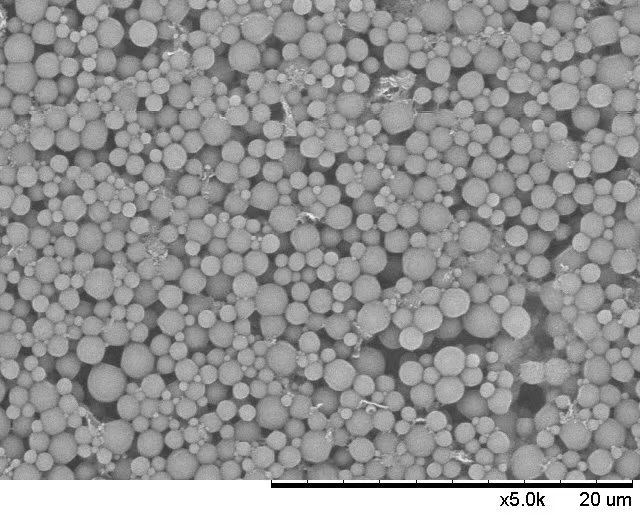


72H ScentLock Microcapsule Fragrance for Fabric Softener
Microcapsule fragrance in laundry detergent and fabric softener, long-lasting scent microcapsules attached to fabric surface 。
- 72H+ Scent Retention – Industry-leading fragrance longevity
- Smart-Release Mechanism – Activated by fabric movement
- Eco-Engineered – Sustainable polymer coatings
- encapsulated fragrance for fabric conditioner
Products Categories
Get A Free Quote
Fragrance Encapsulation Technology Description
Microcapsule Fragrance: Definition, Technology & Applications
I. Core Concept
II. Physical Form & Structure
-
Core Material (Payload): The encapsulated fragrance essence, including floral fragrances, fruity notes, resinous accords, or other scent types tailored to specific applications. -
Wall Material (Shell): A specialized coating (e.g., polymers, gums, or proteins) that seals the core. Must be non-toxic, chemically stable, and engineered with precise viscosity, permeability, mechanical strength, and flexibility to ensure controlled release.
III. Key Features & Advantages
-
Enhanced Stability The sealed capsule structure significantly reduces fragrance evaporation, extending shelf life and ensuring long-term scent retention during storage and application. -
Controlled Release (Sustained Fragrance) Delivers slow-release aroma diffusion, prolonging the fragrance lingering effect and improving user experience over time. -
Protection of Sensitive Compounds Shields heat-sensitive, light-sensitive, or oxidation-prone aroma molecules from degradation caused by environmental factors (e.g., UV rays, high temperatures). -
Physical Form Transformation Converts liquid or semi-solid fragrances into free-flowing microcapsule powders, optimizing dispersion stability in dry or water-based formulations.
IV. Diverse Application Fields
-
Textiles & Paper Products: Infused via finishing processes to impart long-lasting fabric fragrance or scented paper (e.g., laundry detergents, aromatic tissues). -
Food Industry: Enhances food aroma and palatability by encapsulating flavorings, elevating product appeal. -
Cosmetics & Personal Care: Integrated into perfumes, skincare products, makeup, and hair care formulations (e.g., shampoos, conditioners) to boost fragrance longevity and user satisfaction. -
Industrial Applications: Utilized in plastics, rubber, leather goods, coatings, paints, and inks for functional or olfactory purposes.
Data Sheet
| Characteristic | Result | Specification ] | MU | Method | ||
| Appearance | Conforms | [ Viscous and turbid liquid ] | NA | CQ-012 | ||
| Color | Conforms | [White to yellowish-white ] | NA | CQ-001 | ||
| Aroma | Conforms | GAR | NA | CQ-022 | ||
| Relative Density (d20/20) | 1.018 | [ 1.005 – 1.035 ] | NA | CQ-010 | ||
| Relative Density (d20/20) | 1.015 | 1.002 – 1.032 ] | NA | CQ-010 | ||
| Particle Size of Daily Chemical Microcapsules | 14.5 | [ 10.0 – 23.0 ] | µm | CQ-163-1 | ||
| Particle Size (>50μm) | 0 | [<= 25.0 ] | % passes | CQ-163-2 | ||
| Free Formaldehyde Content | 59 | [<= 100 ] | Ppm | CQ-161 | ||
| pH Value | 5/7 | [ 6.0 – 7.5 ] | NA | CQ-107-2 | ||
| Dry Content Determination (3g – 130°C) | 34.2 | [ 6.0 – 7.5 ] | % | CQ-162 | ||
| Solubility | Water-soluble | |||||
| Flash Point | > 100 °C / > 212 °F | |||||
| Storage Conditions | Unopened, store in a dry place, optimal storage temperature is 11-30°C/52-86°F | |||||
| Usage | In fabric care, textiles and other products | |||||
Get a Free Sample of Your Custom Fragrance
Will microcapsule fragrance separate in laundry detergent?
What is microcapsule fragrance, and how is it made?
Microcapsule fragrance is a powdered scent form where fragrance oils, essential oils, or aroma compounds are encapsulated within microscopic, protective capsules using advanced technology. These tiny, spherical particles are engineered to seal the fragrance inside, creating a stable, free-flowing powder that can be seamlessly integrated into various products.
What are the key features and benefits of microcapsule fragrance?
Microcapsule fragrance offers four core advantages: 1. Enhanced Stability – The sealed capsule prevents fragrance evaporation, extending shelf life and ensuring consistent scent performance. 2. Controlled Release (Sustained Scent) – It releases aroma gradually through friction or contact, prolonging fragrance longevity in final products. 3. Sensitive Ingredient Protection – Shields heat-, light-, or oxygen-sensitive fragrance molecules from degradation. 4. Formulation Flexibility – Transforms liquid/semi-solid fragrances into free-flowing powders, improving dispersion in dry or water-based systems.
Where are microcapsule fragrances commonly used?
They are widely applied across industries requiring long-lasting, controlled scent delivery: Textiles & Paper (e.g., laundry detergents, fabric softeners, scented tissues) – For long-lasting fabric or paper fragrance. Food Industry – To boost aroma and palatability. Cosmetics (e.g., perfumes, skincare, makeup) – Enhancing product appeal through prolonged scent release. Industrial Applications (e.g., plastics, leather, coatings) – For functional or olfactory purposes. In short, microcapsule fragrance elevates product sensory experiences while solving stability and formulation challenges.
Will microcapsule fragrance mix with regular fragrance, causing scent alteration?
There may be slight scent layering, but it has minimal impact. Regular liquid fragrances primarily release aroma during product dry sniffing and the washing process, while microcapsule fragrances release scent through gentle touch or friction after fabrics dry—creating a multi-phase olfactory experience
Does microcapsule fragrance provide scent retention during washing or via post-wash friction?
During washing, microcapsule fragrances in detergents (laundry detergents, body washes, shampoos, etc.) deposit onto fabrics, skin, or hair. After drying, the microcapsules rupture upon light contact or friction, slowly releasing encapsulated fragrance for long-lasting scent retention.
Can all fragrance types/flavors be made into microcapsule fragrances?
Only select liquid fragrances (scents) undergo rigorous screening and testing for microcapsule encapsulation. Ideal candidates are easily perceptible, pleasant-smelling, and long-lasting fragrances that remain stable in base formulas post-encapsulation. Additionally, their performance (e.g., scent strength, capsule integrity) must hold consistent after aging. Following these criteria, GarAroma specializes in crafting microcapsule fragrances tailored for daily chemical products—particularly laundry detergents, fabric softeners, and other cleaning applications—ensuring optimal scent deposition, durability, and consumer appeal
What’s the recommended dosage of microcapsule fragrance for detergent pods? Do I need to add suspending agents or opacifiers?
Since detergent pods are typically low-water/no-water systems, and microcapsule fragrances rely on water-based dispersion, a certain amount of suspending agent is required to build structure and stabilize the microcapsules in the pod matrix. Opacifiers depend on client preferences for appearance. Microcapsule fragrances may slightly reduce transparency when dispersed in pods. If a semi-transparent finish is acceptable, opacifiers can be omitted. Dosage typically ranges from 0.01% to 1%, adjustable based on your specific formula needs.
Related Products
Related News
A Systematic Approach from Fragrance Innovation to Production Control to Solve Scent Fading For laundry detergent brands, long-lasting fragrance has […]
Have you ever wondered what gives your favorite fragrance its captivating allure or your preferred snack its irresistible taste? The […]


